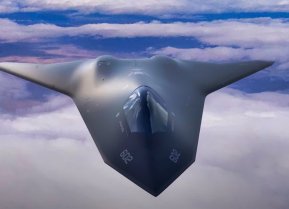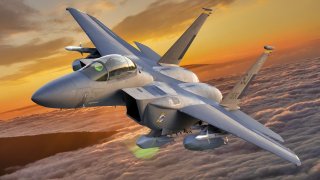F-15EX: A Giant Mistake for the Air Force?
The bottom line is that the F-15EX still costs around $7.5 million more than the F-35, and with stealth features, the F-15EX can't match.
The F-15EX: A Waste of Money when the F-35 Is Cheaper? One may think that the world’s most advanced fifth-generation fighter jet is the most expensive airframe of its kind to fly on behalf of the U.S. military. While the F-35 Lightning II is arguably the most formidable asset America has to confront hostile powers, this platform is surprisingly not the most costly jet currently produced in the U.S.
While experts debate how to compute total cost, the new Boeing F-15EX surely isn't cheap - most experts now agree that it costs more per plane than the F-35 stealth fighter. In fact, Boeing is allegedly seeking ways to minimize the hefty price tag associated with its F-15EX Fighter II aircraft. According to the Air Force’s most recent annual Selected Acquisition Report, each Eagle II fighter will cost a whopping $93.95 million per plane.
F-15EX Worth the Cost?
While some analysts may argue that the crazy price tag associated with the none-fifth generation price tag should be allocated to additional F-35s, the F-15EX should not be easily dismissed.
The latest iteration of the American-made F-15 Eagle jet recently broke key records in terms of tonnage and quantity of ordnance carried. In January, the powerful fighter officially exceeded expectations when it was able to carry and launch up to 12 air-to-air missiles during test flights.
Prior to this achievement, the most missiles the jet could carry were between six and eight. In terms of tonnage, the F-15EX can carry up to 13.6 of ordnance, which is also a much higher amount than previously documented.
In September, the Eagle II reached another milestone. According to the 53rdWing, the fighter successfully completed the first phase of its initial operational test and evaluation program with the launch of an AGM-158 air-to-surface standoff missile.
The jet’s deployment of the longest non-nuclear air-to-ground munition in the Air Force’s stockpile is a notable feat for the platform.
Obviously, the F-15EX is quite formidable. The question is whether its achievements make up for its price tag.
Introducing the F-15 fighter platform
The F-15 twin-engine, all-weather tactical fighter jet was developed by manufacturer McDonnell Douglas in the early 1970’s.
The need for such a multirole fighter became evident following the Vietnam War. When the Air Force established its FX competition to fulfill this need, the F-15 design was submitted and selected as the winning design.
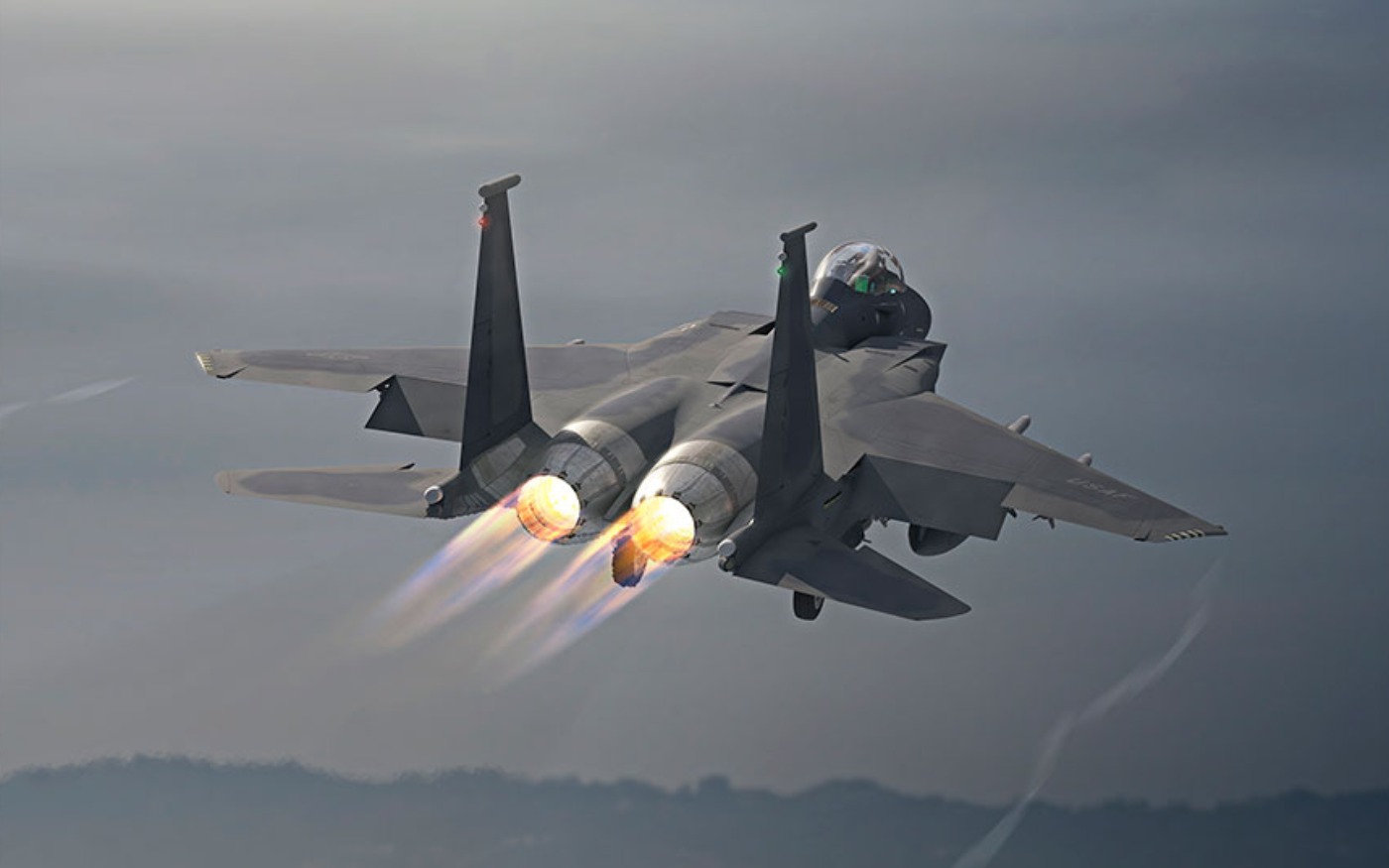
Once the jet was finally introduced to service, it would remain a critical component of America’s aerial arsenal for decades to come. Fast forward to 2018, when the service discussed developing a new Eagle successor to replace aging variants.
What Makes the F-15EX so Formidable?
The Air Force required a platform capable of carrying many air-to-air missiles and equipped with an AESA radar and other enhanced technologies.
Ultimately, the F-15EX was selected and being its development state at a time when the F-22 Raptor was no longer being produced and the F-35 was delayed. The F-15EX can fly at Mach 2.5, making it faster than the fifth-generation F-22 Raptor.
The airframe can also carry up to 30,000 pounds of munitions, a much greater amount than the F-35’s capacity which is limited to around 6,000 pounds.
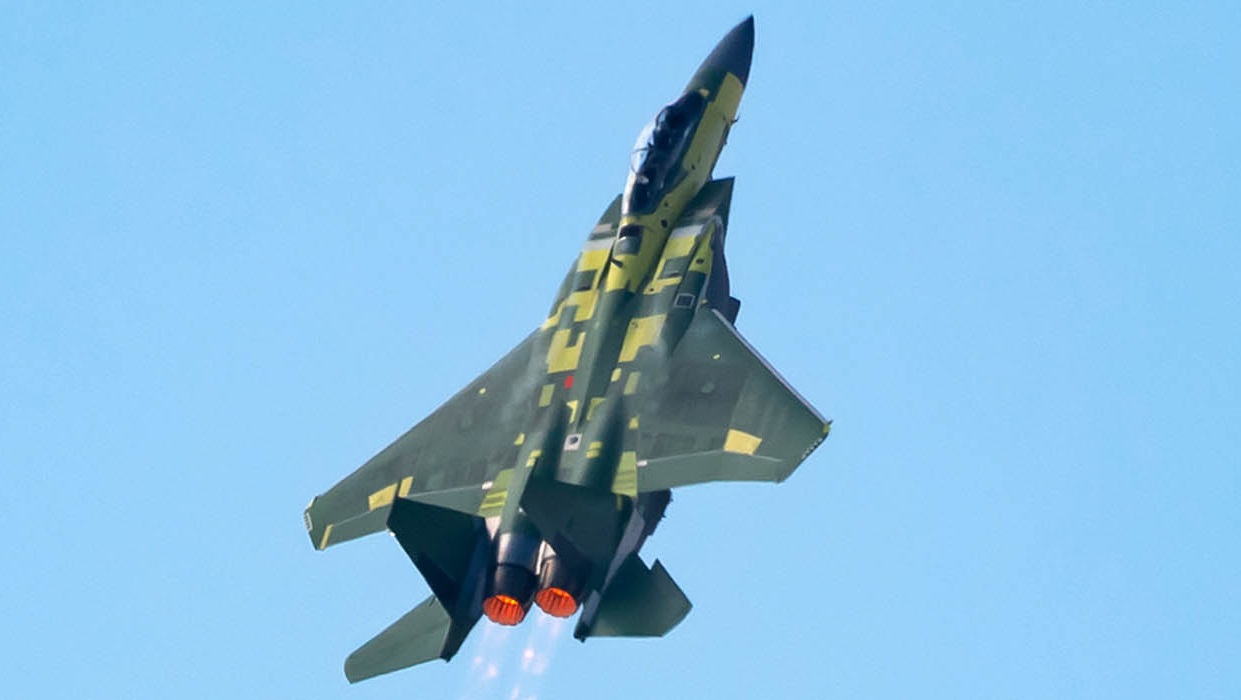
Are the F-35 II and F-15X Costs Adding Up?
While these capabilities are all excellent, the bottom line is that the F-15EX still costs around $7.5 million more than the newest price for the F-35.
However, the way each manufacturer represents the costs of their respective airframes is slightly different.
Breaking Defense has outlined some discrepancies: “It’s worth noting that various price tag figures exist for both jets, due in part to how manufacturers present the costs. For instance, when the announcement of a new lot agreement on F-35s happens, it is just for the jet bodies themselves, with an engine announcement coming later. Hence, “flyaway” costs can provide a closer approximation to judge the price tag of two different planes, as that covers what the jets should have when sitting on the runway ready to go,” adding that “The costs are difficult to compare because the capabilities and the use cases for both aircraft are so very different. Not all fighters are the same. And so people will be tempted to make an apples-to-apples comparison, and that’s just not appropriate when we look at how very different the capabilities between F-35 and F-15EX are, as well as how those programs are structured.”
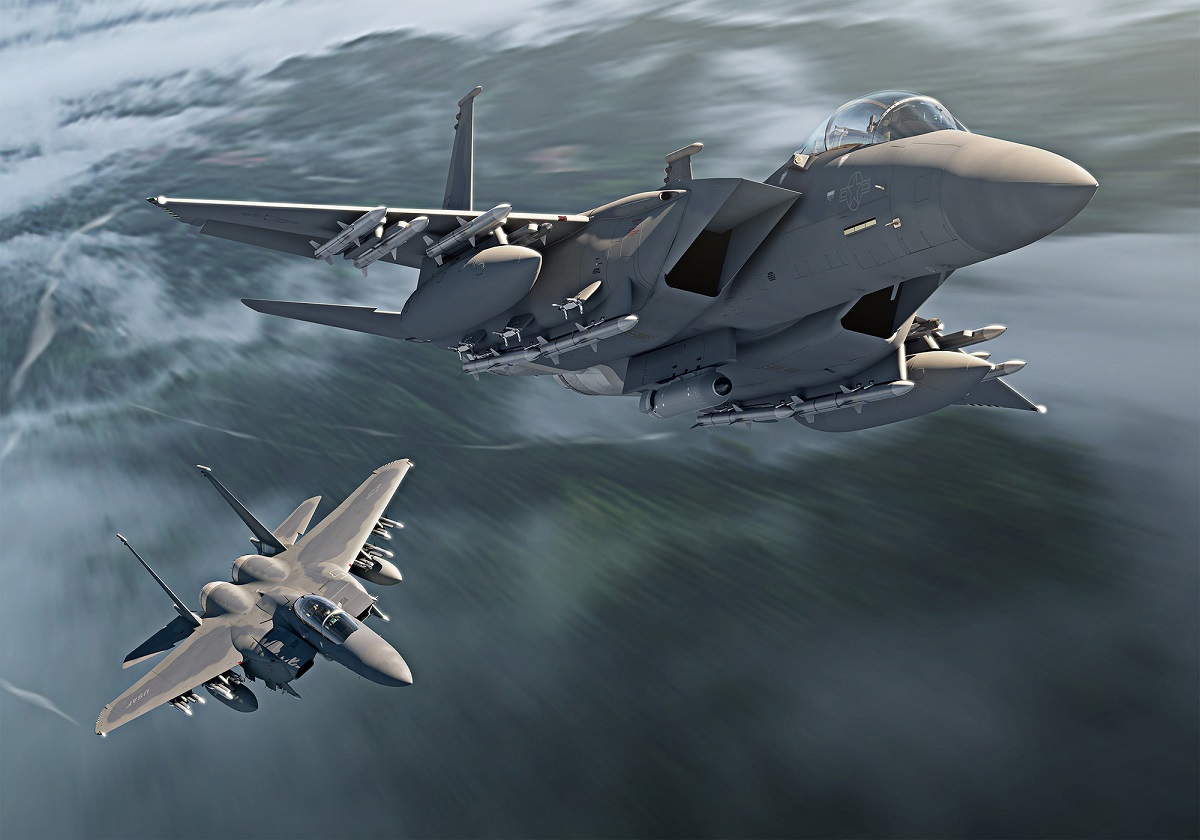
The Bottom Line on the F-15EX
As tensions are ramping up in the South China Sea between Beijing and Washington, the production of more advanced fighter platforms is essential.
Regardless of price, both the Eagle II and F-35 Lightening II are impressive airframes that possess the types of capabilities needed to deter and counter adversarial threats.

About the Author: Maya Carlin
Maya Carlin is an analyst with the Center for Security Policy and a former Anna Sobol Levy Fellow at IDC Herzliya in Israel. She has by-lines in many publications, including The National Interest, Jerusalem Post, and Times of Israel. You can follow her on Twitter: @MayaCarlin.
Main image is from Shutterstock. All other images are from Boeing/Industry Handouts.
